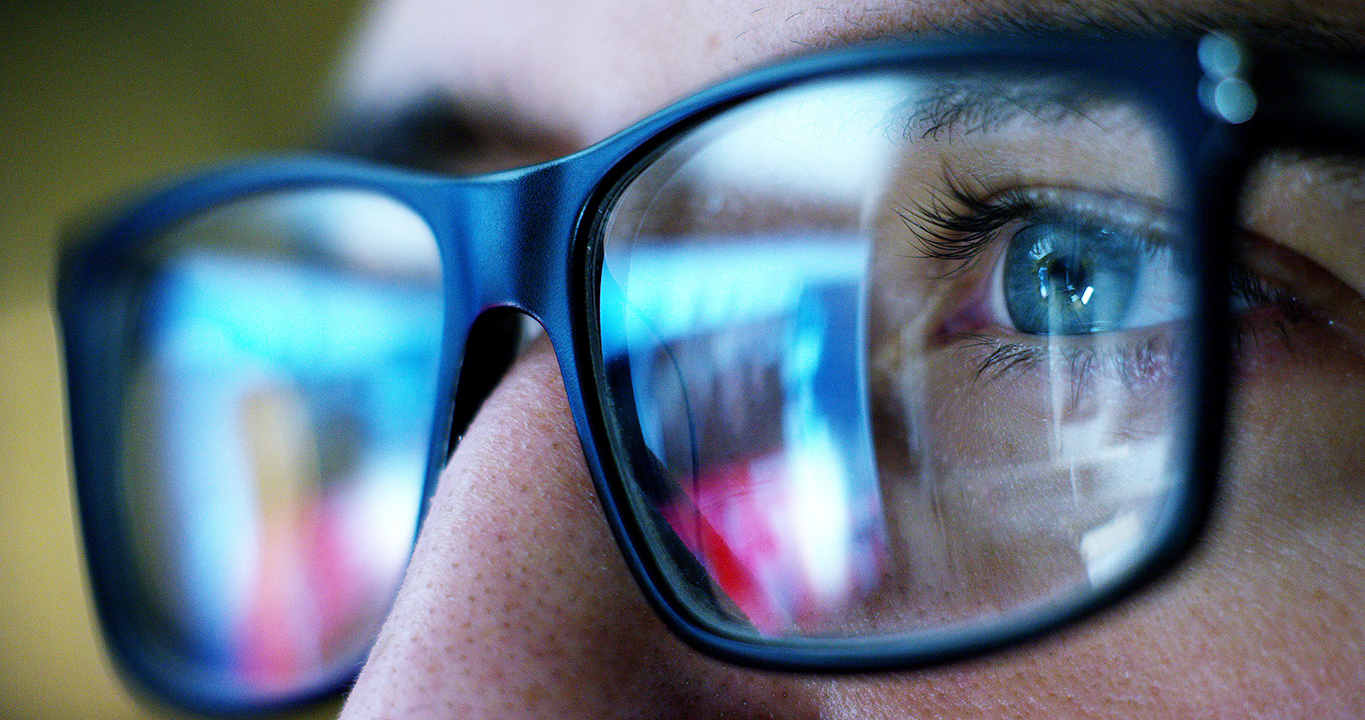
Lunettes pour jeux vidéo antireflet, anti-scintillement écran, filtre la lumière bleue, Lunettes pour PC, tablette, TV Gaming - Cdiscount Bijouterie

Comment choisir les lunettes anti lumière bleue ? - Les confidences de Lizzie, blog beauté et bien-être

Les 9 meilleures lunettes de protection contre la lumière bleue des écrans PC (2023) - Test-et-avis.com

√ Lunettes Ordinateur SANS ordonnance ⇒ Sélection 2019 de modèles de lunettes pour ordinateur sans ordonnance contre la lumière bleue et la fatigue visuelle





















